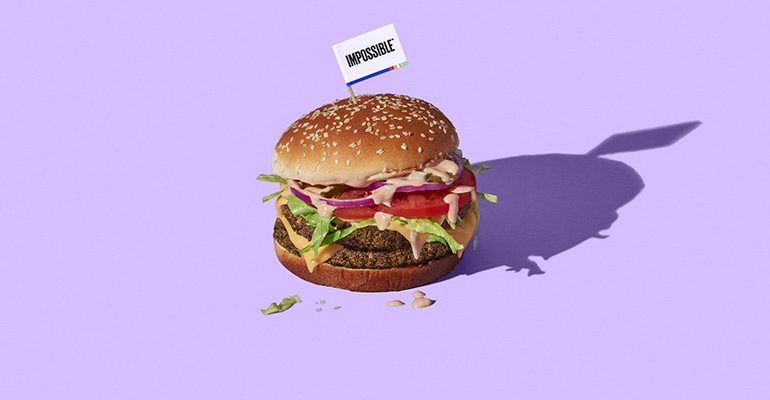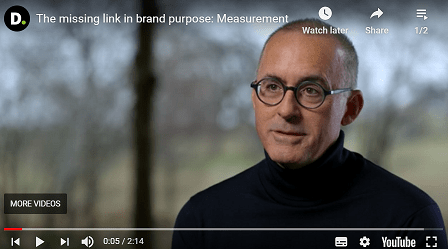Adam Holloway of Emperor reminds marketers that one of the most important things in creating impactful work is knowing what your beliefs are.
When I say ‘believe’, I’m not talking about personal preferences regarding religion, UFOs, or star signs. I’m talking about creativity. How do you do your best work? What do you expect from your clients and colleagues? What can they expect from you?
Why now?
The creative industry is changing. We’re still feeling the impact of the pandemic and remote working. Artificial intelligence (AI) has burst back onto the scene, and everyone is on code red about how it will affect our industry and our jobs. In addition, there are evolving ideas around what it means to be ethical. As a B Corp-certified business, we see just how important this is to potential talent and clients.
We also find ourselves in an increasingly noisy communications landscape. Organizations are facing challenges presented by macroeconomic conditions – challenges that are complex and, in some cases, urgent. The need to communicate clearly, authentically, and with total transparency has never been greater.
With more noise, our work must be distinctive, intelligent, and relevant. Creativity is the secret weapon when it comes to thumb-stopping and attention-grabbing communications. But that doesn’t just mean bold ideas and communications that make a visual impact; it’s also about skilfully connecting an organization’s strategy with its people and customers, to establish an emotional connection with a narrative that sticks.
None of this is easy, and sometimes it’s easy to get lost in the weeds. Which brings me back to the importance of being clear about what you believe in.
What do you believe?
You may believe in the need for deep understanding. Encouraging your team and your clients to think about the continual process of learning more about a project, situation, or relationship. Not just what they understand, but how they can understand better. This might mean sharing knowledge and encouraging new habits, specifically in briefings. It could also mean creating opportunities and making spaces where better understanding can happen.
You may believe in the importance of having fun. Proactively making the time to be creative in your thinking. Making people feel confident enough to push boundaries and feel they can take risks on their way to getting things right. Making ‘playtime’ part of the process and encouraging ‘play for play’s sake’. Understanding ideas can happen anywhere, anytime, and playfulness is great for morale and mental health.
You may believe in the power of simplification. Exploring the beauty and effectiveness of simplicity and expressing ideas in the most focused way they can. The practice of simplicity is a valuable discipline, useful in any situation and wonderfully satisfying. Simplicity is the antidote to confusion, uncertainty, boredom, and bullshit.
The belief to break down silos
You may believe in the necessity to keep up. Being transparent about the learning process, so that knowledge is shared faster and more easily. With more collaboration and visibility, this can become a part of company culture.
People with different skill sets can learn from one another and find similarities between tasks and processes. Silos are broken down, gatekeeping is avoided, and new connections are made.
You may believe it’s essential to know your audience. Getting people to step outside their own heads, lose their ego, refocus on what’s best for the audience, and see things from other perspectives. Actively listening to external voices to gain more insight: generationally, financially, and societally, as well as attitudes about accessibility, inclusivity and sustainability.
You may believe in the value of workmanship. Celebrating the craft, expertise, and hard work that goes into creating a finished product. This is about educating each other in the processes, knowledge, time and passion that go into creativity. Challenging the myths about ‘sprinkling magic’ or ‘pressing a special button’, and instead revealing something more profound and inspiring about how you, and those around you, work.
Say it loud and proud
Whatever you believe, make sure you live by it. Say it loud and proud. Use it as a driver and a measure of your creativity. Use it to demand more from others. All in the pursuit of truly impactful and effective work.
Feature Image Credit: Raimond Klavins



